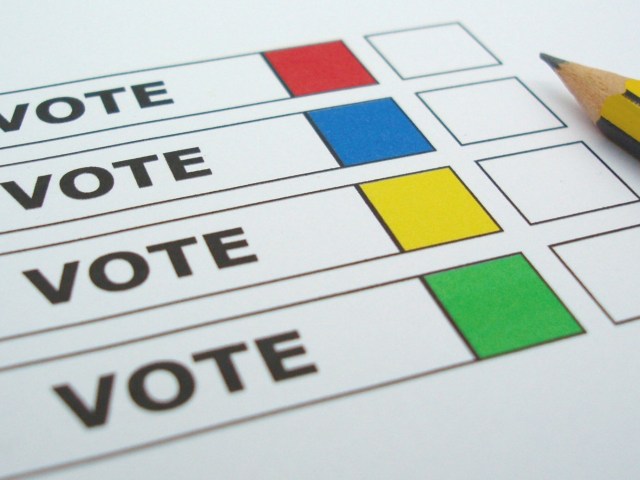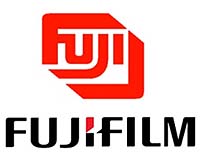
In my recent research thesis at the University of Technology Sydney (UTS), I proposed that the printing industry sector was now about 97% less environmentally damaging than it was in 1990. It seems like an incredible figure that the industry emits only 3% of the pollutants compared to just 20 years ago. However, some recent university research completed in Norway arrived at roughly the same conclusion. The printing industry sector is massively less environmentally damaging than other forms of mass media.
The title of my thesis described the industry as “Accidental Environmentalists”. Over time, the industry in total has become a very sustainable sector. However, I should acknowledge that there are a number of “iconic” firms around the world that have intentionally made significant and real ecological improvements to their businesses. But still the whole industry has improved – albeit unintentionally – over time.
The key driving force is the level of competition that exists in the trade. I use a term in my research called the “Red Queen Effect”. It comes from Alice in Wonderland, where young Alice is running fast next to the Red Queen. Alice asks the Red Queen: “Why are we running so fast”. The Red Queen answers: “If we don’t run fast we will not keep up with the others.”
That is how I view the printing industry. Printers and other firms in the industry are continually seeking out new technologies, new presses and pre-press. In that way, individual firms are not expecting to have a long-term market advantage – they will either only catch up or momentarily be in front of their next best competitor. If the owner/managers did self-reflection on the business, they will see that over a period of time, their organisation has changed significantly.
The intensity of the competition in the industry is not a local Australian phenomenon. Michael Porter, considered one of the world’s leading business strategists, proposed in 1985 that the global printing industry sector was the most competitive of all industry classes. His study of competitive forces explored 104 different industries from around the world.
In his view, printing recorded the highest score based on his rating. He determined competition as a measure of number of large firms in an industry sector compared to the number of small and very firms. If there are only a very few very big firms, the sector is likely to be competitive.
In addition, if the customer base in the industry is shaped in the same way (ie, very few big customers and a massive number of very small ones), the industry is again very competitive. On this measure, print is intensely competitive. The end result is that an intensely competitive sector drives everyone to be the best they can be. It is survival of the fittest and survival of owner/managers who can adapt their business to change. It could be that through luck, the suppliers to the trade evolved technologies into more efficient, less wasteful solutions for the trade.
Philip Lawrence spent many years working in the paper sector and is now a consultant and public speaker specialising in print and the environment.
Comment below to have your say on this story.
If you have a news story or tip-off, get in touch at editorial@sprinter.com.au.
Sign up to the Sprinter newsletter


